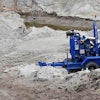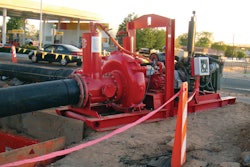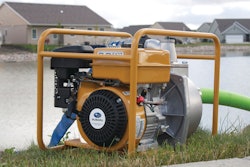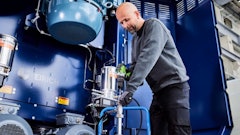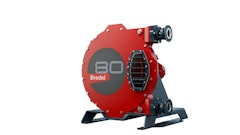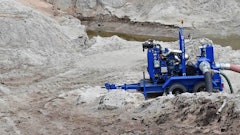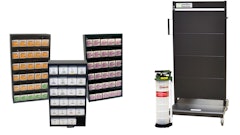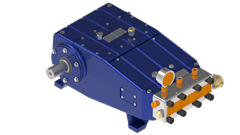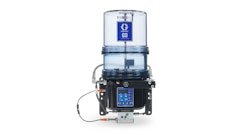Centrifugal. Semi-trash. Trash. Diaphragm. To accurately choose the best pump for the job, you must know more than just the type of water being moved – it’s necessary to know what is actually in that water.
Water: Clean and Clear
Best Choice: Standard Centrifugal
Acceptable: Semi-Trash, Trash and Diaphragm
Why: Centrifugal pumps have narrow impeller vanes, making clear water that is virtually free of debris the only type of water it’s able to handle. However, in the event the water does contain particles and small debris, a standard centrifugal pump is typically equipped with a strainer just in case.
Though all pumps are capable of moving clear, debris-free water, a standard centrifugal is the most economical and efficient choice based on price and operating speed.
Water: Mostly Clear with Small to Mid-Size Particles and Debris
Best Choice: Semi-Trash
Acceptable: Trash and Diaphragm
Why: Because it has thicker impeller vanes and a larger volute discharge opening than a standard centrifugal, a semi-trash is able to allow small debris to flow through.
While both a trash and diaphragm pump are capable of handling this type of water, the semi-trash is the most economical and efficient choice based on price and operating speed.
Water: Murky with Mid-Size to Larger Particles, Debris and Trash
Best Choice: Trash
Acceptable: Diaphragm
Why: With even thicker vanes than a semi-trash unit and the same large volute discharge opening, a trash pump allows larger debris to flow through including small sticks and stones. It’s able to handle thicker, sandier, and dirtier water than a semi-trash model.
A diaphragm pump is also effective in moving this type of water. However, a trash pump is the most economical and efficient choice based on price and operating speed.
Water: Viscous
Best Choice: Diaphragm
Why: A diaphragm pump operates in a different manner than centrifugal units, with two chambers moving the water in place of a rotating impeller. As such, a diaphragm pump can handle sticks, stones, mud, trash and other debris that can fit through the opening. It will pump seawater, re-circulated water, and muddy, sandy and viscous water.
Although it’s acceptable for all types of water, a diaphragm pump is typically used only when it is the sole machine that can handle the job. Primarily, this is due to the cost. Also, it operates at a slower rate than the others, so speed and efficiency factor into the decision. For example, a 3-inch trash pump might move water at a rate of about 315 GPM, compared with a 3-inch diaphragm pump, which may only move it at a rate of about 60 to 70 GPM.



